Bottlenose Dolphin
(Tursiops truncatus)

The common bottlenose dolphin is most likely the best known of all cetaceans, figured in legends and being known since the ancient Greeks ...
With their charismatic beauty and social nature, whales and dolphins have amazed people for a long time. However, not only their acrobatic jumps and their lively interactions with humans make these animal special, they also play a very important role in the health of the marine ecosystem.
They are called “cetaceans” because they are part of the order Cetacea, a name that comes from the Ancient Greek word for “whale”, ketos. Cetaceans have evolved millions of years ago, from their terrestrial ungulate-like ancestors, to become what we know today. Therefore, they have developed unique adaptation strategies that allow them to live in the most extreme environment: the ocean.
Although whales and dolphins spend their lives entirely in the aquatic environment, they breathe air through their lungs, are warm-blooded and carry the offspring in their womb, like any other mammal. They have exclusive characteristics that make them unique, such as powerful tail flukes, a blowhole on the top of the head, and dorsal fins or ridges. While some of them, the odontocetes, have teeth, the mysticetes, have baleen plates, which are long plates used for filtering plankton and other small prey.
There are more than ninety species of cetaceans in the world, eight of which live permanently in the Mediterranean. All of the eight mediterranean species have been spotted around Malta and three of them are regularly present: the bottlenose dolphin, the short-beaked common dolphin and the striped dolphin.
Explore with us the fascinating world of whales and dolphins!

The common bottlenose dolphin is most likely the best known of all cetaceans, figured in legends and being known since the ancient Greeks ...
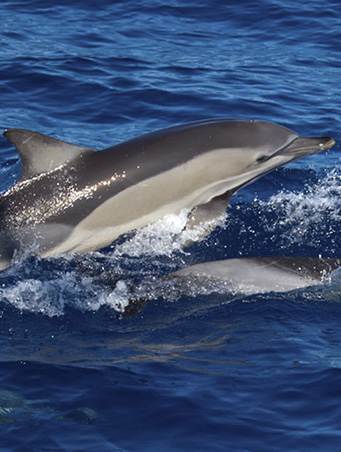
The short-beaked common dolphin is a medium-sized dolphin, easily distinguishable by a very unique hourglass-like pattern on the side of ...
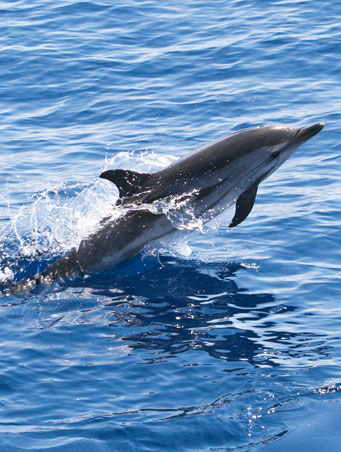
The striped dolphin is the most abundant dolphin species in the Mediterranean Sea. It is a small, active and energetic dolphin, usually s ...
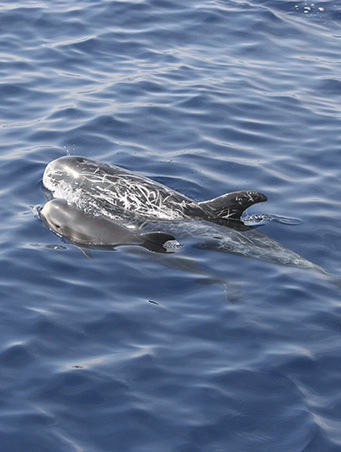
Risso’s dolphins are large members of the Delphinidae family, presenting a distinctive coloration that can vary throughout their ...
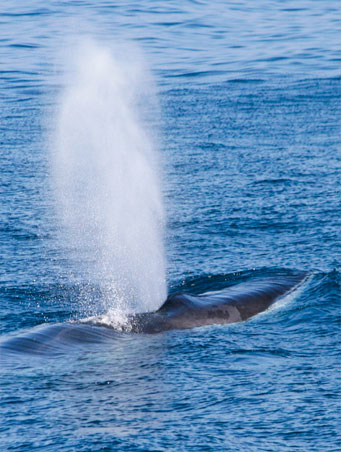
The fin whale is the second longest animal in the world, after the blue whale, reaching a length of 23 m and weighting up to 50 tons. The ...
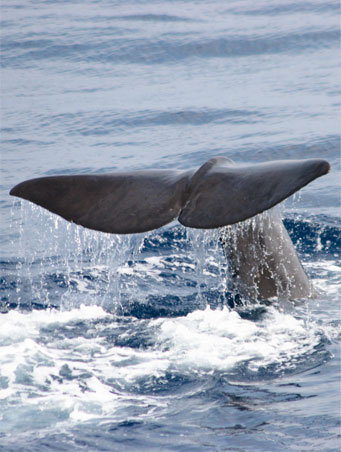
The sperm whale is easily recognisable by its massive heads which contains the spermaceti: the world’s most powerful natural sonar or ech ...
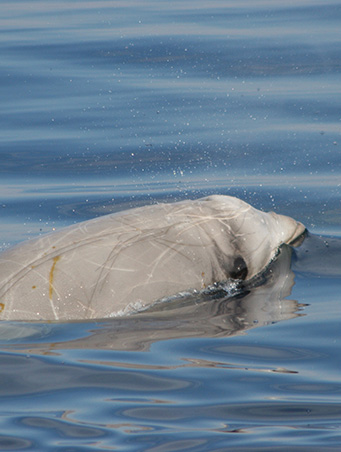
The Cuvier’s beaked whale holds the record for the deepest and longest dive for any mammal, being able to stay underwater for three ...
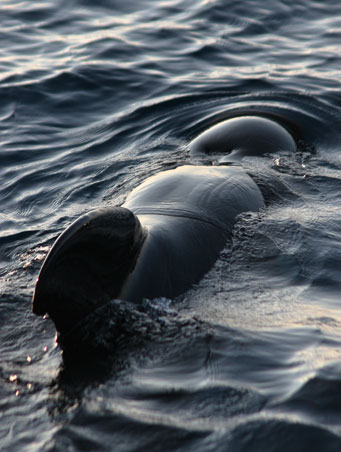
The long-finned pilot whale is one of the biggest species of dolphins, getting its common name from their typical behaviour of following ...